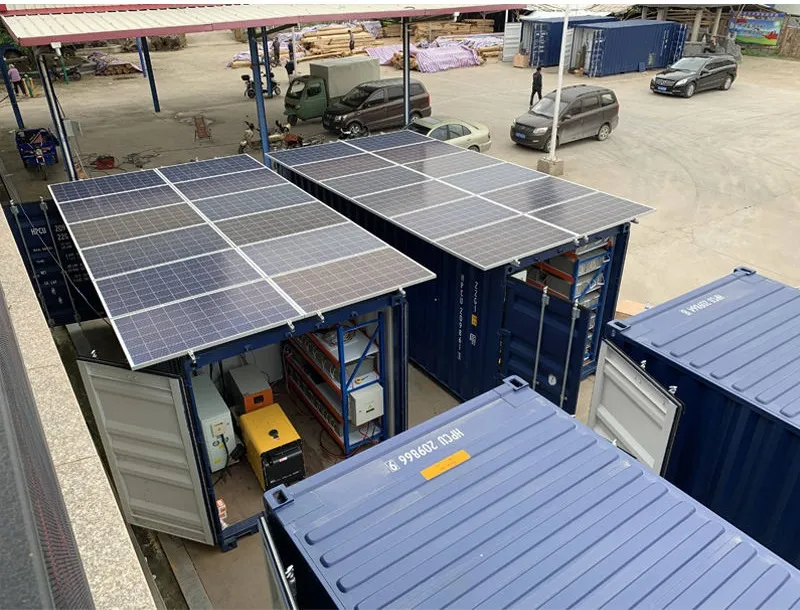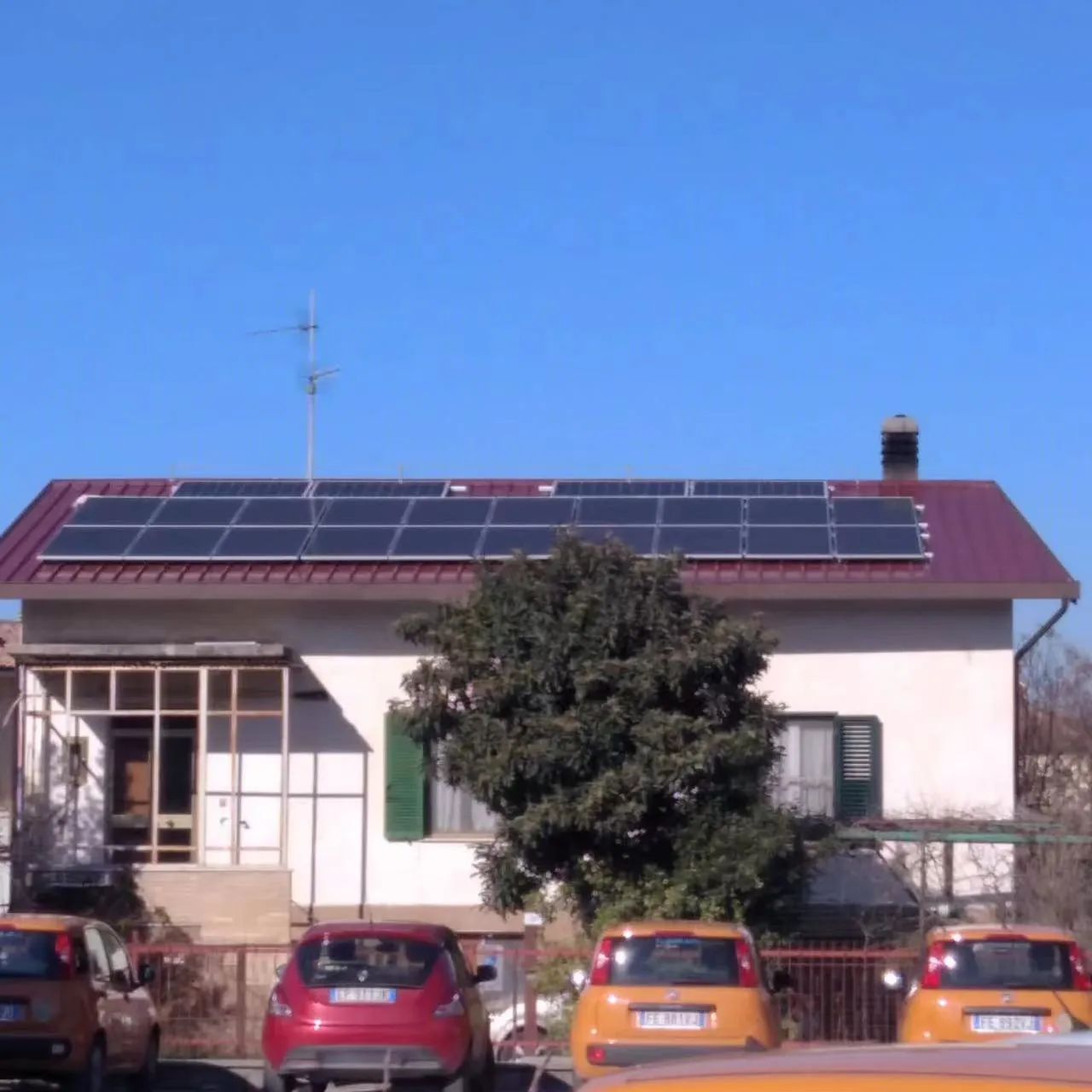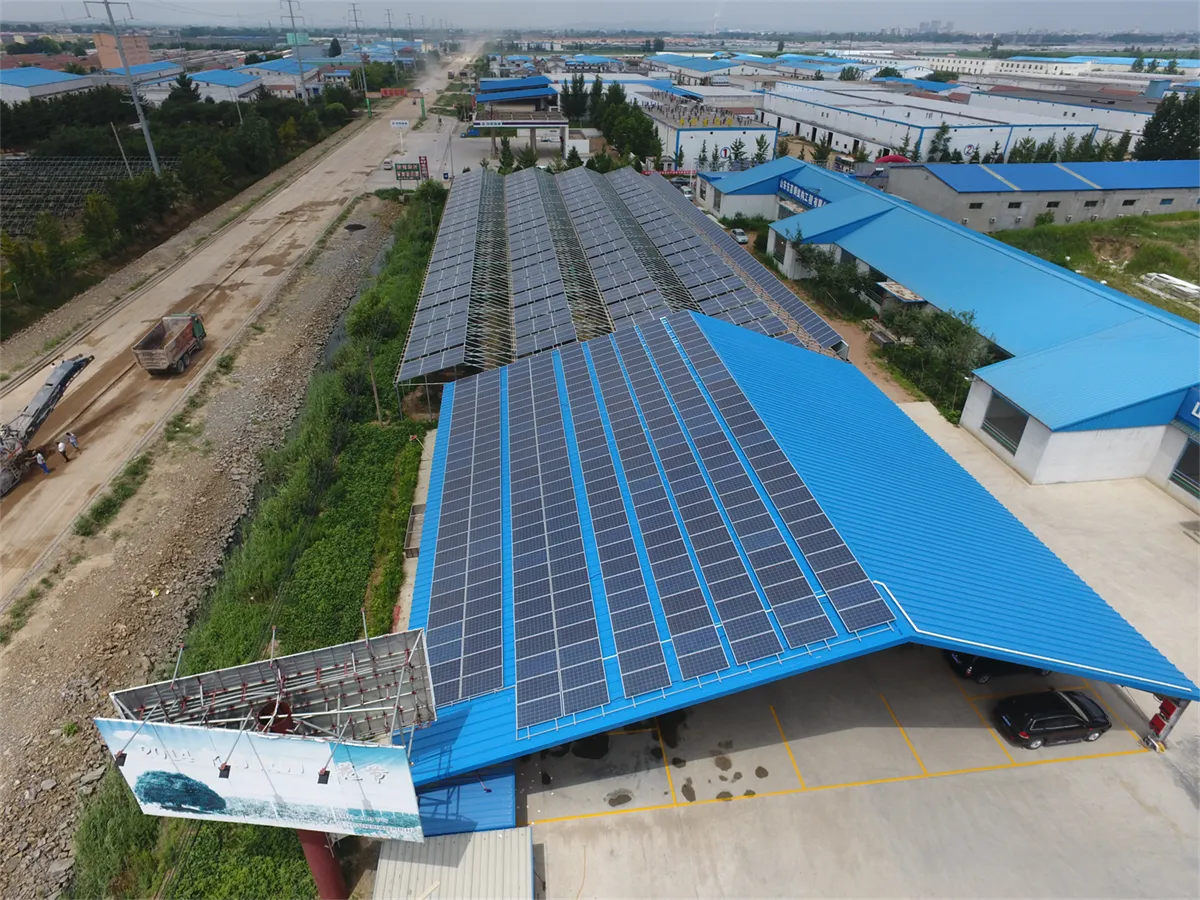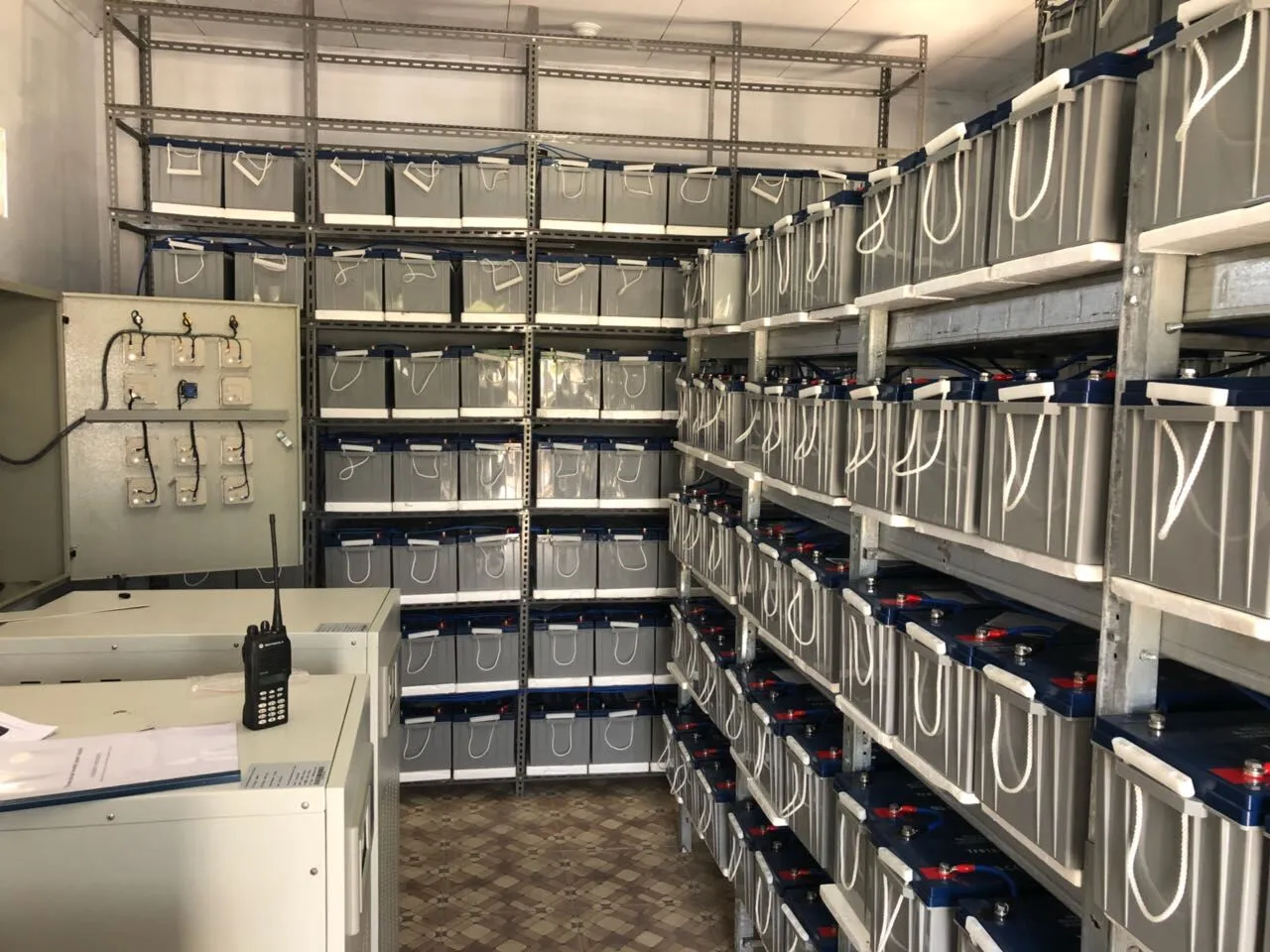
Corrosion protection coating for solar panels in high salt fog areas

Picture this: you've invested in a state-of-the-art solar energy system for your coastal property, excited about slashing electricity bills and reducing your carbon footprint. But after just a couple of seasons, you start noticing strange white crusts forming on metal components, mysterious performance drops, and unsettling signs of rust creeping across your installation. That beautiful renewable energy dream? It's literally dissolving right before your eyes.
Living by the sea presents unique challenges for solar panel systems, especially in regions with high salt fog. The corrosive duo of salt-laden air and persistent humidity creates a perfect storm for deterioration. But don't abandon your coastal solar dreams just yet – with the right corrosion protection coatings and smart maintenance strategies, you can fortify your investment against Mother Nature's salty assault.
The harsh reality? Coastal solar installations face corrosion rates up to 10 times faster than inland systems. Salt fog doesn't just dirty panels – it actively eats away at the very metals holding your clean energy future together.
Understanding the Coastal Environment: More Than Just Pretty Views
The Silent Culprit: How Salt Fog Attacks Solar Systems
That salty sea breeze you love? It's carrying microscopic salt particles that attach themselves to every exposed surface of your solar installation. When combined with humidity, these salt crystals create hyper-conductive pathways for corrosion. Unlike simple rainwater that washes away, salt fog creates persistent electrolytic environments that relentlessly attack:
- Aluminum frames : Developing pitting corrosion that weakens structural integrity
- Steel mounting hardware : Showing advanced rust at connection points
- Electrical components : Creating internal shorts and connection failures
- Protective coatings : Penetrating and lifting even the toughest finishes
What makes salt fog particularly nasty is how it infiltrates every nook and cranny. Regular rain might clean exposed surfaces, but salt fog creeps into junction boxes, behind panel frames, and into microscopic gaps between fasteners and mounts.

The Armory: Protective Coating Technologies That Actually Work
Epoxy Coatings: The Heavy-Duty Barrier
Imagine wrapping your solar components in an impervious plastic shield – that's essentially what epoxy coatings do. These chemically-bonded resins create such an effective barrier that salt ions literally can't reach the metal surface. Modern formulations boast:
- 5-8 year protection cycles before reapplication
- UV resistance that doesn't degrade in full sun exposure
- Flexibility that accommodates thermal expansion without cracking
- Self-leveling properties for uniform coverage
The application process requires professional-grade surface prep (sandblasting to white metal) but delivers a defense that's particularly effective on mounting hardware where physical damage is less likely.
Polyurethane Finishes: The Weather Warrior
Polyurethane coatings are the all-rounders of corrosion protection. Their superior flexibility makes them ideal for solar panel frames that experience daily thermal expansion/contraction cycles. The magic comes from:
- Hydrophobic surfaces that actively repel salt-laden moisture
- UV-resistant pigments that won't chalk or fade
- Impact resistance that shrugs off flying debris during storms
- Ease of touch-up maintenance when scratches occur
Unlike the single-thickness approach of epoxies, polyurethanes offer a "double-layer" protection strategy with either zinc-rich primers or conversion coatings beneath the colorful topcoat.
Advanced Thermal Spray Coatings: The Industrial-Grade Solution
For critical components near breaking waves or in extremely corrosive environments, thermal spray coatings create literally millimeter-thick barriers. Technicians use specialized equipment to melt metallic alloys (like zinc-aluminum composites) that get sprayed onto surfaces at supersonic speeds. The result?
- 10-20 year protection lifespan in harsh marine environments
- Sacrificial protection where the coating corrodes instead of the substrate
- Non-conductive properties that prevent galvanic corrosion
- Thickness tolerance that forgives imperfect application
While initially more expensive, this is essentially a "coat once and forget" solution for structural elements.

Material Matters: Building Your Defense From the Ground Up
Coating performance depends heavily on what lies beneath. Skimping on base materials is like putting expensive paint on rotten wood. Here's your material selection playbook:
- 316 Marine-Grade Stainless Steel : This alloy incorporates molybdenum that forms a protective layer against salt. When used for hardware, look for passivated finishes that prevent iron oxide transfer.
- Aluminum Alloy 6061-T6 : With its magnesium and silicon content, this material develops a stable oxide layer. Ensure anodization is at least 0.002" thick for coastal applications.
- Composite Materials : Fiberglass-reinforced polymer (FRP) and engineered plastics eliminate corrosion entirely. Ideal for mounting brackets and electrical enclosures.
The hidden threat? Galvanic corrosion caused by mixing incompatible metals. A stainless-steel bolt in an aluminum frame becomes a battery in salt fog, corroding the aluminum. Use isolation gaskets or dielectric gels at connection points.

Maintenance Strategies: Keeping Your Defenses Strong
Even the best coatings degrade over time in harsh coastal environments. Smart maintenance includes:
The most overlooked maintenance practice? Installing zinc sacrificial anodes on mounting systems. These small, inexpensive zinc blocks corrode before your structural components, buying years of extra protection.
The Cleaning Conundrum
Washing solar panels near the coast requires strategy:
- Water quality matters : Never wash with saltwater which compounds the problem. Install deionized or RO water systems
- Frequency is key : Wash every 4-6 weeks during peak salt seasons to prevent salt accumulation
- Mind your chemistry : Acidic cleaners etch surfaces; alkaline cleaners lift coatings. Use neutral pH cleaners specifically formulated for coated metals
Pro tip: Time your cleaning to coincide with rainy forecasts. Letting fresh water rinse your systems naturally after cleaning improves effectiveness.
Electrical System Vulnerabilities: Protecting the Brains
While frames and mounts get attention, electrical components face equally serious threats in high salt fog areas:
- Corrosion-induced Resistance (CIR) : Salt creep increases resistance across connections, potentially causing 20%+ efficiency losses
- Potential Induced Degradation (PID) : Sodium ions facilitate current leakage paths across solar cells
- Moisture-induced Tracking : Conductive salt paths create dangerous arcs across insulation
Mitigation strategies include using sealed junction boxes rated to IP68 standards, installing conformal coatings on circuit boards, and routing cables with drip loops that prevent wicking.
Environmental Considerations
Your coating choices impact local ecosystems:
- Zinc-based coatings require containment during application to prevent marine toxicity
- VOC regulations in coastal zones may restrict certain solvent-based formulations
- Nanoparticle coatings show promise but require evaluation of long-term effects
- When discussing architectural facade solutions for coastal areas, always choose environmentally friendly protective systems
Work with coatings manufacturers who provide EPDs (Environmental Product Declarations) and HPDs (Health Product Declarations).
Cost-Benefit Analysis: Investing in Longevity
A common objection to premium coatings is upfront cost. But consider:
- Replacing corroded mounting hardware costs 2-3× more than proper coating
- Panel efficiency losses due to corrosion typically cost $100+/year per kW
- Salt-induced electrical fires create liability exposures
- Premature system replacement wastes the embodied energy in manufacturing
Most coastal solar owners see ROI within 5 years through avoided repairs and efficiency savings.
Implementation Checklist
Ensure your installer follows these coastal-ready practices:
- Uses marine-grade hardware from racking suppliers
- Applies protection to cut edges and drilled holes (the most vulnerable spots)
- Utilizes isolation materials between dissimilar metals
- Installs zinc anodes on structural components
- Provides a coating maintenance schedule
- Documents application thickness with wet film gauges
Coastal solar isn't a set-and-forget technology. Adopting a maritime mindset – with scheduled maintenance like boat owners perform – delivers decades of reliable clean energy.
The Future of Salt-Resistant Solar
Emerging technologies promise even more robust coastal solutions:
- Graphene-enhanced coatings : Atomic-scale barriers that block salt ion penetration
- Self-healing polymers : Materials that repair scratches using capillary action
- Sacrificial nano-coatings : Molecular layers that renew protection over time
- Corrosion-detecting sensors : IoT-enabled monitoring that alerts to early failures
Solar panel manufacturers now offer coastal-specific product lines with factory-applied marine coatings warrantied for 20+ years.
Living with sea views shouldn't mean compromising your sustainable energy goals. By implementing strategic corrosion protection coatings matched to your specific coastal environment, selecting appropriate marine-grade materials, and maintaining a consistent protection program, your solar investment can thrive where salt meets sun. That dream of coastal solar independence? With today's protective technologies, it's not just possible – it's practically guaranteed.
Tags:
Recommend Products











